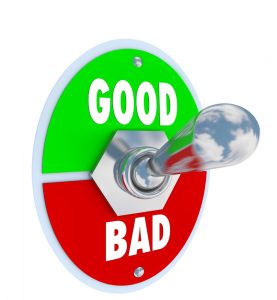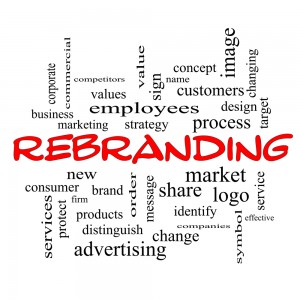 Sometimes, bad publicity is inevitable. Even when you and your organisation behave responsibly, you always run the small risk of an unexpected PR disaster. In the information age, bad publicity can reach the masses before you can even mount a defense.
Sometimes, bad publicity is inevitable. Even when you and your organisation behave responsibly, you always run the small risk of an unexpected PR disaster. In the information age, bad publicity can reach the masses before you can even mount a defense.
The only thing worse than having your image tarnished in the public light after you’ve done everything within your power to protect yourself is to find out you’re the one who caused the disaster. For every rogue employee saying something stupid to the media, there’s a poor senior-level decision being made.
What to do when your business gets bad publicity
Respond quickly, honestly and decisively. Don’t get defensive. If you are in the wrong, it’s vital to own up and apologise. Never say “no comment” – it sends the message that you are in the wrong but feel no remorse – and the press may keep digging for dirt. Face up to the situation and you can begin to restore the reputation of your business.

 Do you want to drink a venti double mocha skinny chai latte? Do you even know what that is? I don’t. We found in a customer survey that 70% of shoppers were also confused by the choices (and their obscure names) on store’s café menu.
Do you want to drink a venti double mocha skinny chai latte? Do you even know what that is? I don’t. We found in a customer survey that 70% of shoppers were also confused by the choices (and their obscure names) on store’s café menu. Packaging plays an important role as a medium in the marketing mix, in promotion campaigns, as a pricing criterion, in defining the character of new products, as a setter of trends and as an instrument to create brand identity and shelf impact in all product groups.
Packaging plays an important role as a medium in the marketing mix, in promotion campaigns, as a pricing criterion, in defining the character of new products, as a setter of trends and as an instrument to create brand identity and shelf impact in all product groups. Brand names, logos, and slogans are integral parts of any company’s marketing message. All have the same aim: to make consumers react positively to a product or a business. Our research shows, however, that many slogans backfire—for example, causing consumers to spend money when they’re told they can save, or vice versa.
Brand names, logos, and slogans are integral parts of any company’s marketing message. All have the same aim: to make consumers react positively to a product or a business. Our research shows, however, that many slogans backfire—for example, causing consumers to spend money when they’re told they can save, or vice versa. In today’s image-conscious society, everything is judged first by how it looks. Rebranding has become the “cure du jour” for everything from sluggish sales to increased competition and outdated products. So how well do these makeovers work?
In today’s image-conscious society, everything is judged first by how it looks. Rebranding has become the “cure du jour” for everything from sluggish sales to increased competition and outdated products. So how well do these makeovers work? Marketers surpass consumers in their daily use of e-mail, texting and social platforms. A whopping 93 percent of marketers have made a purchase as a direct result of an e-mail marketing message, while only 49 percent of online consumers have done so.
Marketers surpass consumers in their daily use of e-mail, texting and social platforms. A whopping 93 percent of marketers have made a purchase as a direct result of an e-mail marketing message, while only 49 percent of online consumers have done so. So you want your website to make you look big. More power to you. But the business experts I talked to recently say small is cool with customers, too.
So you want your website to make you look big. More power to you. But the business experts I talked to recently say small is cool with customers, too. These days it is rare to find a business niche that is not already over saturated, however you don’t need to come up with a new concept to be different. Little tweaks here and there can make you stand out from the crowd and give you a great chance to be successful from the first day.
These days it is rare to find a business niche that is not already over saturated, however you don’t need to come up with a new concept to be different. Little tweaks here and there can make you stand out from the crowd and give you a great chance to be successful from the first day. We’ve all witnessed it – the seemingly overnight success of some startups that begs the question “what am I doing wrong here?” Is it the idea? The timing? The commitment? Why do some companies transform into breakout brands, while others struggle along?
We’ve all witnessed it – the seemingly overnight success of some startups that begs the question “what am I doing wrong here?” Is it the idea? The timing? The commitment? Why do some companies transform into breakout brands, while others struggle along? Because it’s a video platform, YouTube may not initially seem like a suitable platform for marketing a business—but I believe that if used the right way, your business can definitely benefit from it.
Because it’s a video platform, YouTube may not initially seem like a suitable platform for marketing a business—but I believe that if used the right way, your business can definitely benefit from it. Many global companies, like Coca-Cola, Nike, Google, Intel and Microsoft, choose to use the same brand name in multiple countries.
Many global companies, like Coca-Cola, Nike, Google, Intel and Microsoft, choose to use the same brand name in multiple countries.